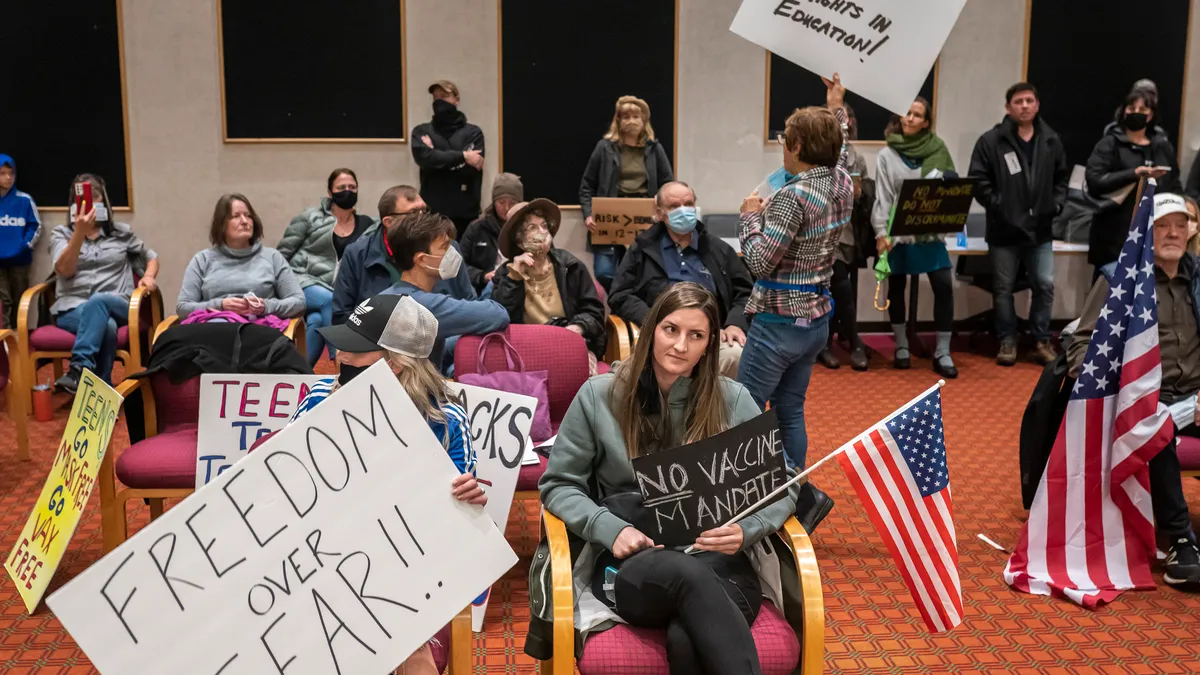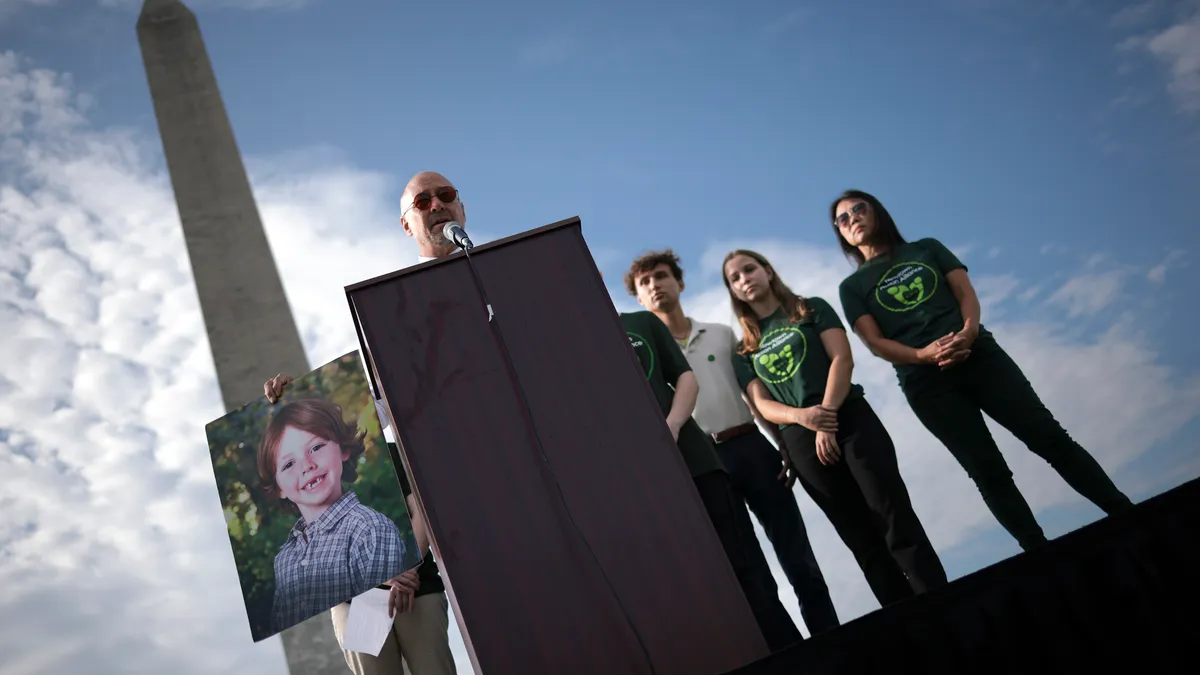Dive Brief:
- Space constraints mean New York City officials often — and increasingly — place homeless families in shelters that are outside their home borough, meaning if children want to stay in their original school, they have to spend hours each day getting there.
- The Atlantic profiles one family whose children spend two hours on a bus just to get from their new shelter to school, where they often arrive late and tired, but stability — especially for a child with Down Syndrome — is considered the priority.
- A recent report from the Independent Budget Office found nearly two-thirds of students living in New York City shelters missed between 10% and 20% of the school year, while a report from the Institute for Children, Poverty & Homelessness found the stability of staying in one shelter for all four years of high school can lead to graduation rates nearly on par with low-income students in regular housing.
Dive Insight:
Schools face tremendous barriers in serving students who are homeless. This student population has been growing, for one, and a study released last summer found the number of students being identified as homeless doubled from the 2006-07 school year to the 2013-14 school year. Part of that can be attributed to better identification and tracking on the part of schools, but the post-recession recovery has been slow.
Some districts simply do not have the capacity on staff to serve this population. Federal law requires districts to identify a liaison for homeless students, but when that person has this role in a part-time capacity while fulfilling other duties, it can be difficult. Identifying students to even prompt services can also be hard. Many families do not know their rights and fear having to transfer schools if they admit homelessness so they hide their situation. Better training of school officials can go a long way to improving identification and getting students on a path to services.













